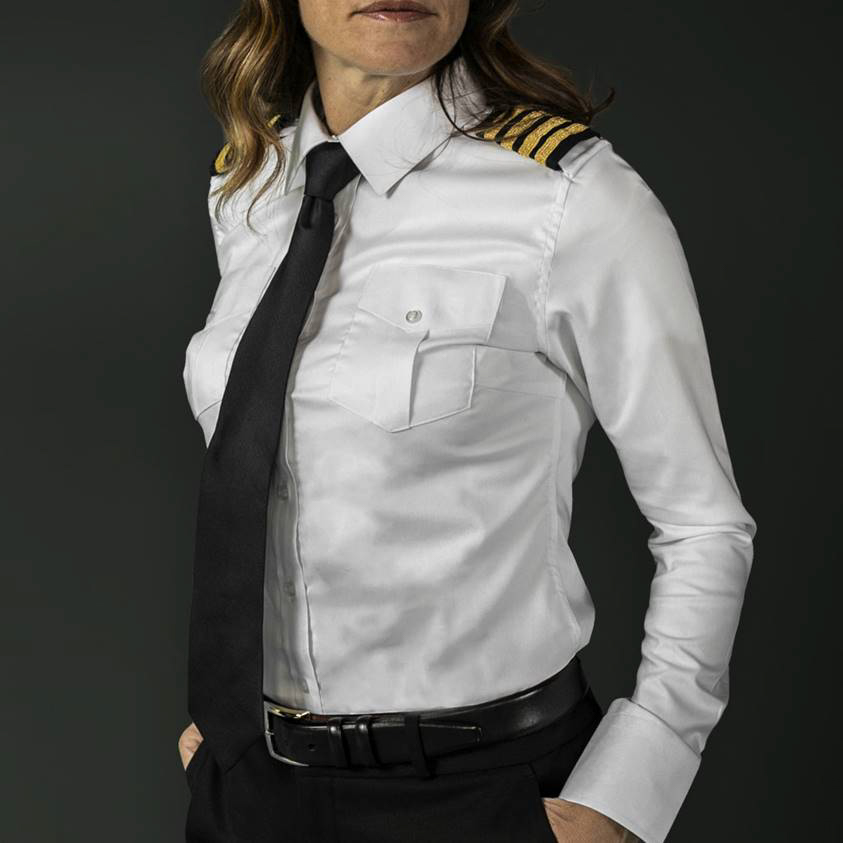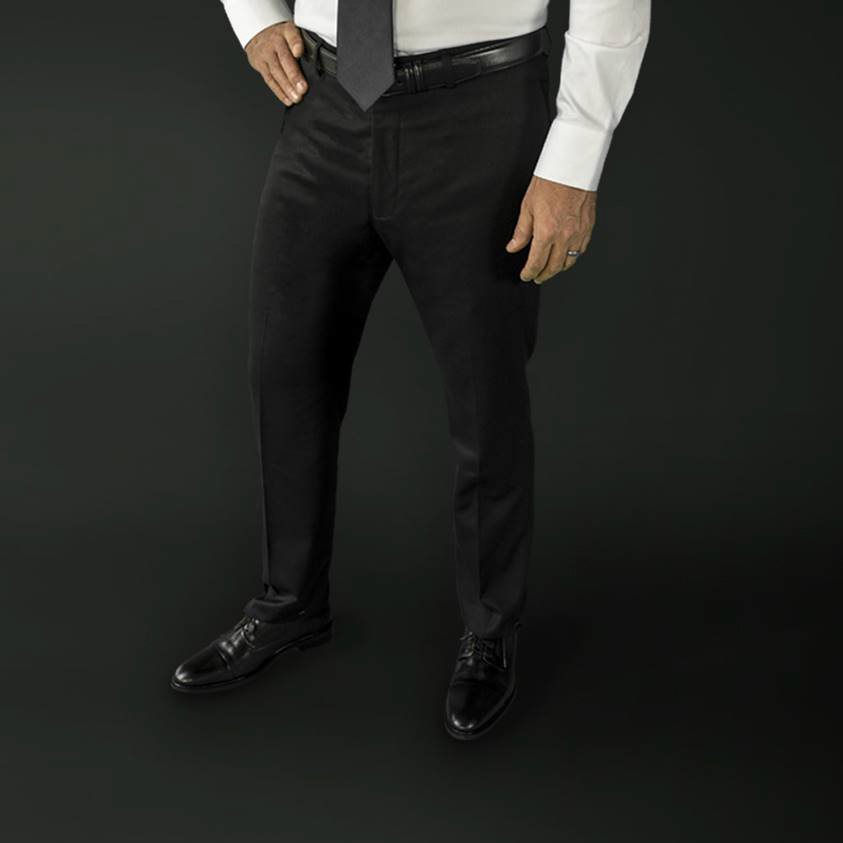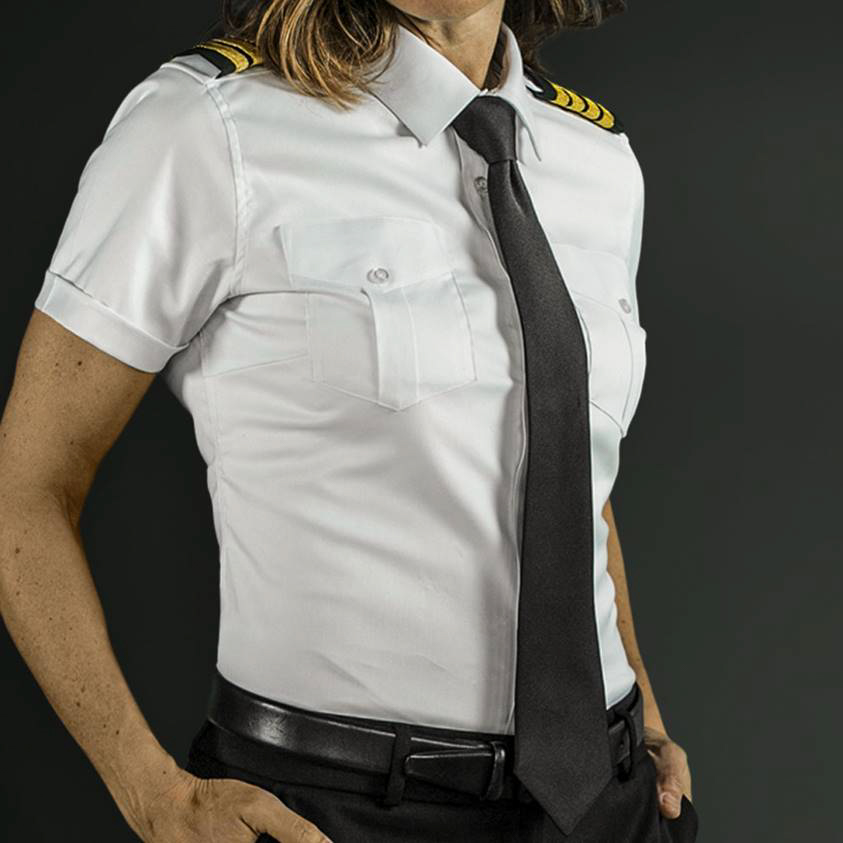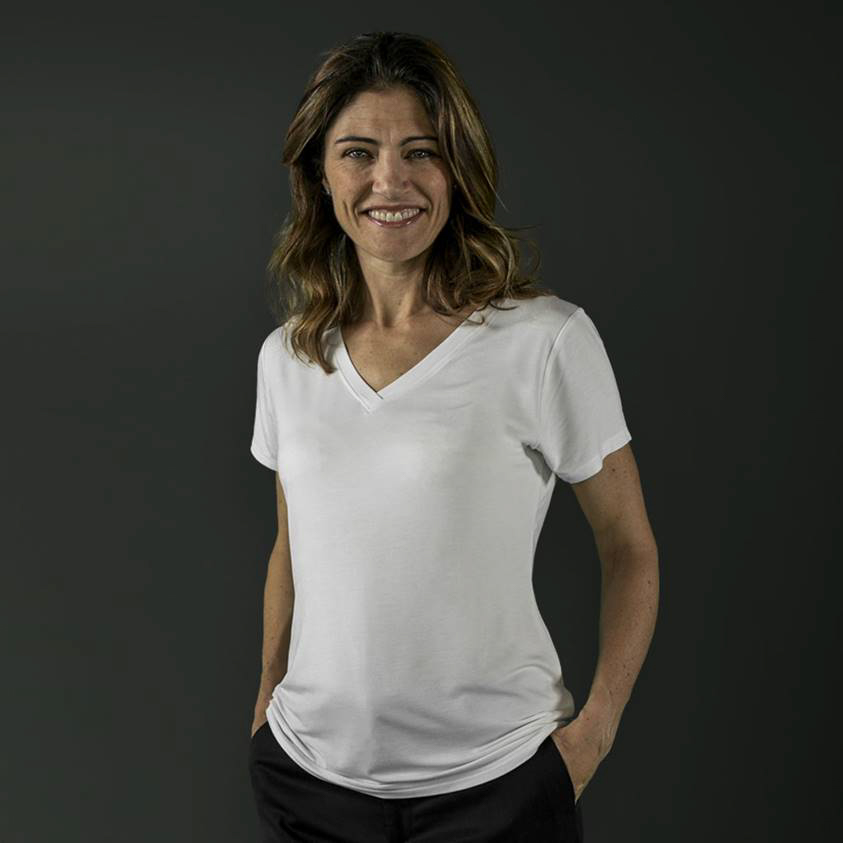
Editor’s note: The three partners of the clothing manufacturing company travel, domestically and internationally. On one such trip, one of the partners sat next to a pilot deadheading home and they discussed the limited uniform options. Later, while the partners discussed new markets, the idea was floated to look into pilot uniform shirts and pants in an effort to improve upon the problems in quality control, fabric fit and performance that was evident with other brands. Soon, JetSeam was launched.
When people ask what I do for a living, I tell them I make clothing. Usually, they next line they offer is to ask if I am a fan of Project Runway, or they tell me they have the best idea for a t-shirt line. I have had these conversations more times than I can count, but neither applies. I put together teams of professionals and together we build high quality products that we believe are better than what is currently on the market. JetSeam started this way. We want to innovate and use our experience and knowledge to bring pilot uniforms into a new era.

Our first collection has been manufactured to be a blend between the traditional look and a modern fit. Using new fabric blends and different cuts, we can state that the fit and performance is different from what was previously available. In the future, we hope to introduce new models, new fabrics, and continue to innovate in a market where stoic tradition has reigned for decades.
The great people who pilot our flights inspire us to be the best. Our team of three management partners has flown safely over three million miles. Trust me, we are your biggest fans.

Questions to answer
What makes clothing great? What makes us love a piece enough to call it our favorite shirt, or best pants ever purchased? What makes a uniform a pleasure to wear instead of a mandate? What can be done to a uniform to make it unique, and how can we elevate the product? How can we innovate in a stagnant field and provide better quality and a better fit at a reasonable cost? How can we control our process and make it replicable to ensure the customer always receives a product that is identical to the last? These are the questions we set out to answer when we designed the new JetSeam line.
Design, engineering and production
The clothing manufacturing process is complex and requires many different experts and hundreds of people. We start with a qualified designer to create the blueprints for each of our products. Like a house, every item must have a guide for how it is to be made. How long the sleeves should be, what type of stitch to use on a hem, what size button to use on the cuff, etc. The list of details and sketches come together into a packet to deliver to the factory.
Next, we call on fabric experts to create a fabric for each item. The list of details continues to grow as we look at what the fabric should be made of, how heavy it should be, and how it should be cleaned.. The composition of the fabric is also very important. Natural fibers and man-made fibers each have their pros and cons, and when the two are blended, a new set of issues emerges that must be taken into account. This is the single most difficult decision within the project. The fabric will make or break a project the moment an item is touched. You can have the best fitting shirt in the world, but if the fabric doesn’t feel right, chances are it will not be worn
We have made it this far, but who is going to make the product? There are thousands of factories in the world, so how do you select the right one? Strong relationships in this business make it easier to answer the question, but it is never simple. Issues like size of the order, factory location, factory expertise, and now trade wars, are among the challenges when setting up to succeed with a factory.

Samples, refinement, production and delivery
Once the blueprint is created, the fabric has been selected and a factory identified, the sampling begins. The best way to validate a product is to try it in real life with real pilots and receive their honest feedback. Round after round of samples need to be tried on, measured, refined and field tested. The last sample comes just before production begins – the last chance to make changes. Once the green light is given, hundreds of people go to work on the final product. Transport of raw materials, fabric mills weaving and knitting fabric, workers cutting the patterns, sewers, quality control, ironing, packing and transport of the final goods are all operations done by people. Rewards come when these teams work together, and the items arrive at the warehouse ready to be shipped to the customer.
To make great clothing, you start by listening to your customer base and selecting experts who all have the intent of making top-of-the-line products. Then, you detail a production plan and timeline to execute on every detail. Lastly, you present your product into the market and deliver your message. Our message is simple: We want to be your favorite.

Maybe you are already wearing JetSeam. Maybe you have heard about our products from colleagues but haven’t yet tried them for yourself. We invite you to give us a shot – and we’d love to hear about your experience – the good and any less-than-expected you might encounter. We continuously strive to improve, and the more we know the better we can be. Find JetSeam at https://jetseam.com. You can easily contact us from the link at the bottom of our homepage.
Supporting Miracle Flights
We believe in being a company with a social conscience, too. JetSeam supports Miracle Flights by donating one percent of all sales to this worthy organization. Miracle Flights provides free commercial flights to those in need of life-changing medical care not available in their communities. Learn more about Miracle Flights at http://miracleflights.org.






























































































































